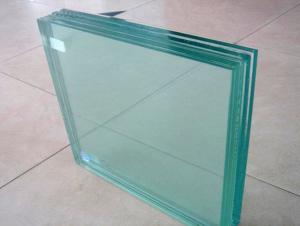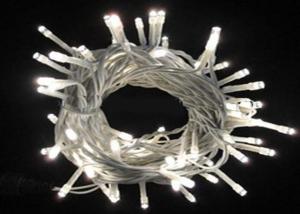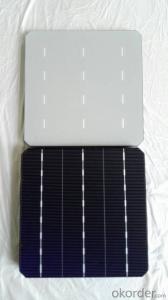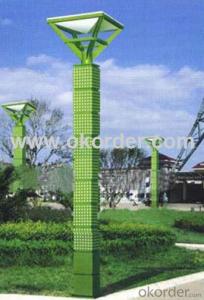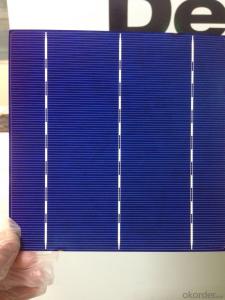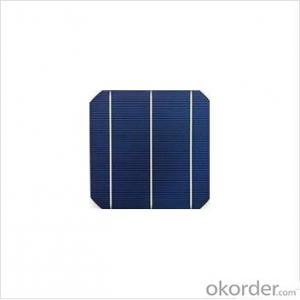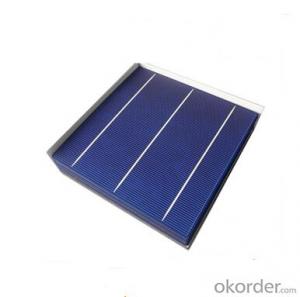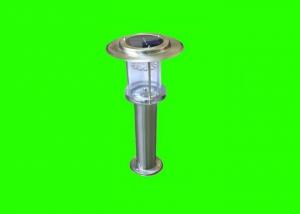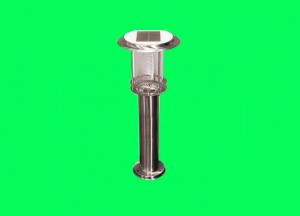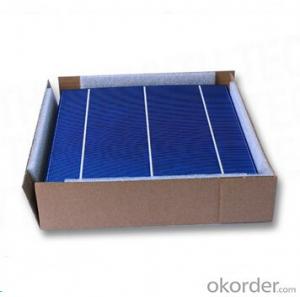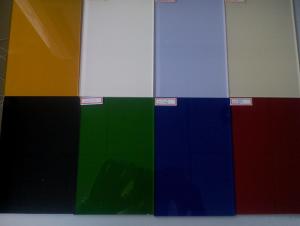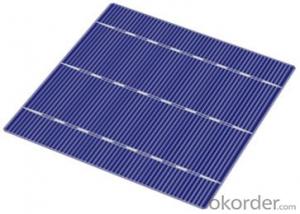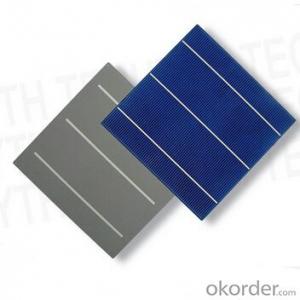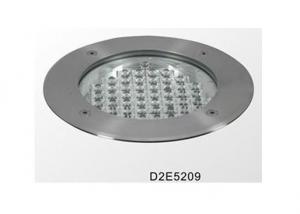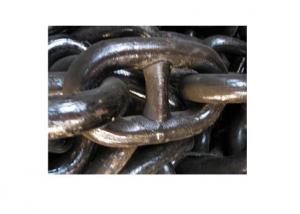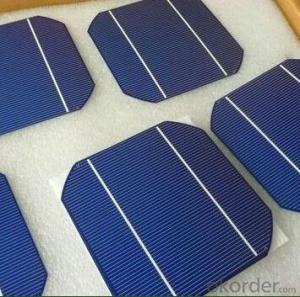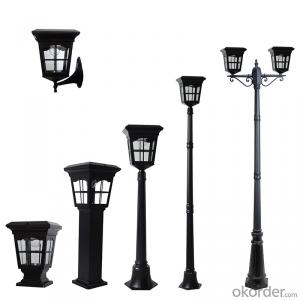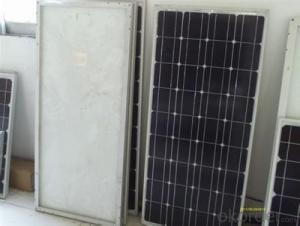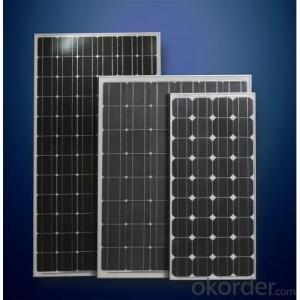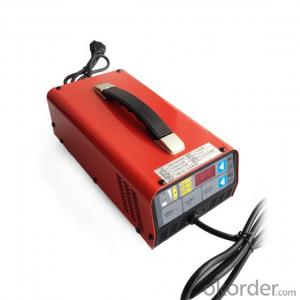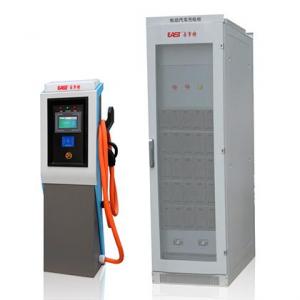Low Light Solar Cells
Low Light Solar Cells Related Searches
Low Cost Solar Cells Lightweight Solar Cells Lightest Solar Cells Loose Solar Cells Cheap Solar Cells High Power Solar Cells Compact Solar Cells Multilayer Solar Cells High Temperature Solar Cells Affordable Solar Cells High Efficiency Solar Cells Photovoltaic Solar Cells High Performance Solar Cells High Voltage Solar Cells High Output Solar Cells Large Solar Cells High Wattage Solar Cells Raw Solar Cells Nano Solar Cells Broken Solar Cells High Quality Solar Cells Cheap Solar Cells For Sale Satellite Solar Cells Solar Energy Cells Highest Efficiency Solar Cells Free Solar Cells Buy Small Solar Cells Electric Solar Cells Residential Solar Cells Black Solar CellsLow Light Solar Cells Supplier & Manufacturer from China
Low Light Solar Cells are a specialized type of photovoltaic technology designed to maximize energy generation in low-light conditions, such as cloudy days or early mornings. These cells are engineered with advanced materials and techniques to capture and convert a broader spectrum of sunlight into electricity, making them ideal for areas with limited sunlight or where conventional solar panels may not perform optimally.The application and usage scenarios for Low Light Solar Cells are diverse, ranging from residential rooftop installations to remote off-grid locations. They are particularly beneficial in regions with frequent overcast weather, where traditional solar panels may not be as effective. Additionally, these cells can be used in agricultural settings to power irrigation systems, or in urban environments where buildings are closely packed, limiting the amount of direct sunlight that reaches solar panels. The versatility of Low Light Solar Cells makes them a valuable addition to the renewable energy sector, offering a solution for energy generation in challenging conditions.
Okorder.com is a leading wholesale supplier of Low Light Solar Cells, boasting a large inventory that caters to the varying needs of customers worldwide. With a commitment to quality and customer satisfaction, Okorder.com ensures that each order is fulfilled with precision and care. Their extensive range of Low Light Solar Cells is available at competitive prices, making them an attractive option for businesses and individuals seeking to invest in sustainable energy solutions.
Hot Products

